If your car suddenly sputters, coughs, and dies on the side of the road-especially after a quiet ride-you might be wondering: will a car run with a dead fuel pump? The short answer is no. Not for long. Not at all, really. But understanding why it doesn’t work-and what happens right before it fails-can save you from being stranded or making the wrong repair.
What a Fuel Pump Actually Does
Your fuel pump doesn’t just move gas from the tank to the engine. It pushes fuel under pressure-usually between 30 and 60 psi-through the fuel lines and into the injectors. Modern cars rely on precise fuel delivery. Too little, and the engine chokes. Too much, and it floods. The fuel pump keeps that balance. Without it, there’s no fuel flow. No fuel flow means no combustion. No combustion means the engine stops.
Some people think the car might limp along on leftover fuel in the lines. That’s a myth. Even if there’s a tiny bit of fuel left in the rail, it won’t last more than a few seconds after the pump stops. The injectors need constant pressure to spray fuel in a fine mist. Without pressure, they just drip-or worse, don’t spray at all.
Signs a Fuel Pump Is Dying
Most fuel pumps don’t just die suddenly. They warn you. Here’s what to watch for:
- Engine sputters at high speeds-especially on the highway. The pump can’t keep up with demand.
- Car struggles to start, especially when hot. A weak pump can’t build pressure fast enough.
- Loss of power under load-like going uphill or accelerating hard. The pump can’t deliver enough fuel under stress.
- Loud whining noise from the rear of the car. That’s the pump straining.
- Engine stalls and won’t restart right away. It’s trying to rebuild pressure but can’t.
These aren’t just "annoyances." They’re symptoms of a system failing. If you hear that whine or feel the hesitation, don’t wait. A fuel pump that’s this far gone will quit completely soon-often when you least expect it.
What Happens When the Fuel Pump Dies Completely
Imagine turning the key and hearing the starter spin-but no cough, no sputter, no sign the engine even wants to start. That’s the classic sign of a dead fuel pump. The car cranks, but doesn’t fire. Why? Because the injectors aren’t getting fuel. The spark plugs are firing. The battery’s fine. The starter’s working. But there’s no fuel.
You might check the spark plugs, replace the battery, even swap out the ignition coil. All of that won’t help. The problem isn’t in the ignition system. It’s in the fuel system. And if you’ve ruled out a clogged filter or empty tank, the pump is the next suspect.
Some people try to "fix" it by tapping the fuel tank. That’s an old trick. If the pump’s motor is seized or the brushes are worn, a light tap might jolt it into working for a few seconds. But that’s not a repair-it’s a death rattle. It’ll die again. And next time, it might not come back.

Can You Drive With a Failing Fuel Pump?
Technically, yes-but you shouldn’t. Driving with a weak fuel pump is like driving with a tire that’s slowly going flat. You might make it to the next gas station. But you’re risking more.
When the pump struggles, it runs hotter. That heat damages the pump even more. It can also cause the fuel to vaporize inside the lines, creating air bubbles that block flow. That’s called vapor lock. It makes the problem worse.
And if the pump fails while you’re on a busy road, you’re not just stuck-you’re dangerous. No power steering. No power brakes. Engine stalls. You’ve got maybe 30 seconds to get off the road before traffic hits you.
What to Do If Your Car Won’t Start and You Suspect the Fuel Pump
Don’t guess. Test it.
- Listen for the pump when you turn the key to "on." You should hear a brief hum from the rear of the car. If you hear nothing, that’s a red flag.
- Check the fuel pump fuse and relay. These are cheap and easy to replace. A blown fuse is often the real culprit-not the pump itself.
- Use a fuel pressure gauge. Connect it to the fuel rail. If pressure reads zero or far below spec (check your owner’s manual), the pump is dead or the regulator is bad.
- Check for fuel at the injectors. Some mechanics use a noid light or spray starting fluid into the intake. If the engine turns over briefly with starting fluid but won’t start on its own, fuel delivery is the issue.
Never assume the pump is bad just because the car won’t start. A clogged fuel filter, a bad injector, or even a faulty sensor can mimic fuel pump failure. But if all those check out, and pressure is zero? Replace the pump.

How Long Do Fuel Pumps Last?
Most fuel pumps last between 100,000 and 150,000 kilometers. But that’s not a guarantee. Running your tank low often kills pumps faster. Why? Fuel cools the pump. When the tank is nearly empty, the pump runs dry, overheats, and wears out. In Auckland’s stop-and-go traffic, where people top up every 300 kilometers, pumps last longer. But if you’re used to driving with the needle near "E," you’re asking for trouble.
Also, dirty fuel kills pumps. Bad gas, old fuel, or water in the tank gunks up the pump’s internal filter. That’s why many mechanics recommend replacing the fuel filter every 40,000 to 60,000 kilometers-even if the manual says otherwise.
What Happens If You Ignore It?
Ignoring a failing fuel pump doesn’t just leave you stranded. It can damage other parts.
- Injectors can get damaged from running lean (not enough fuel). They overheat and clog.
- The engine’s computer may throw multiple error codes trying to compensate for low fuel pressure-leading to expensive misdiagnoses.
- Contaminants from a failing pump can clog the fuel filter, injectors, and even the fuel rail.
Replacing a fuel pump is expensive-$800 to $1,500 depending on the car. But replacing it after you’ve ruined your injectors? That’s $3,000.
Bottom Line
A car cannot run with a dead fuel pump. Period. It won’t start. It won’t stay running. No amount of tinkering, tapping, or hoping will change that. The fuel pump is the heart of your fuel system. If it stops, the engine dies.
Don’t wait for total failure. If you notice any of the warning signs-hesitation, sputtering, hard starts, or that weird whine-get it checked. Replace the pump before it leaves you stranded on State Highway 1 at midnight. It’s not just about convenience. It’s about safety, cost, and keeping your car reliable.
And if you’re ever unsure? Get a pressure test. It takes ten minutes. It tells you everything. No guesswork. No wasted money. Just facts.
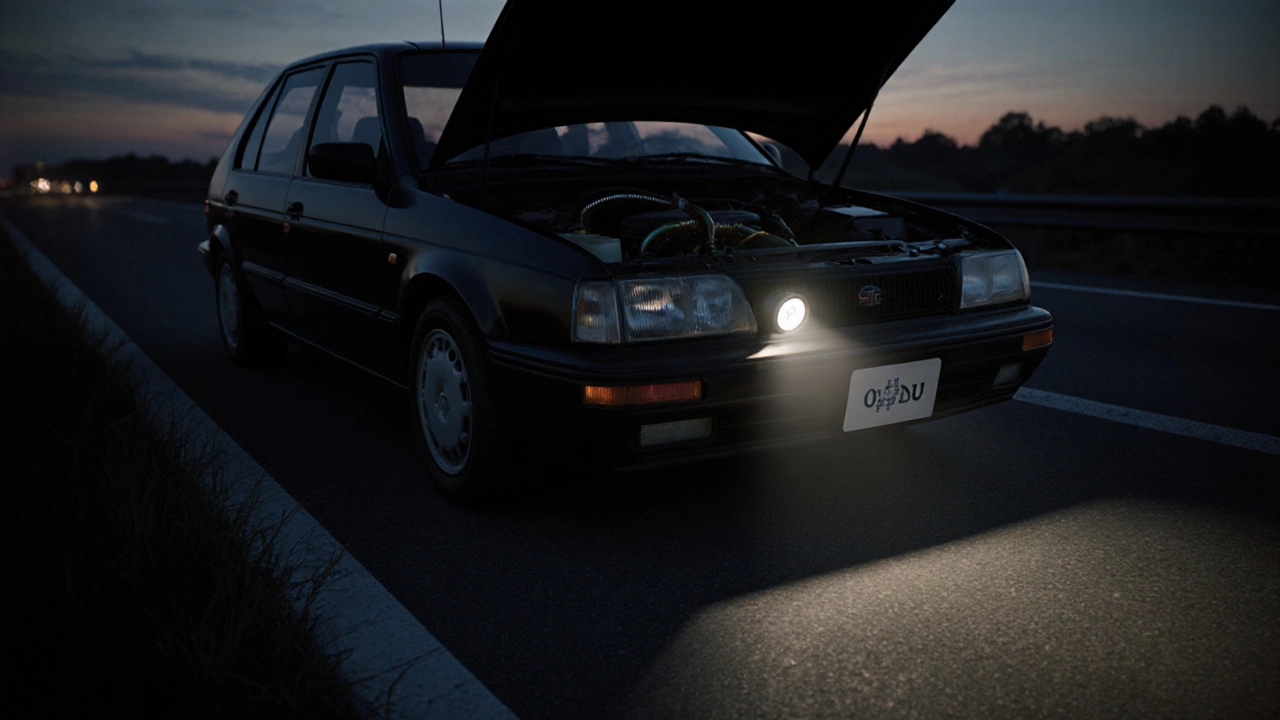
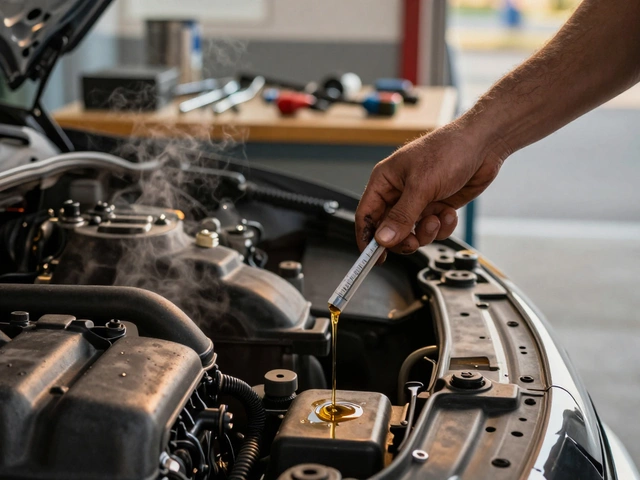
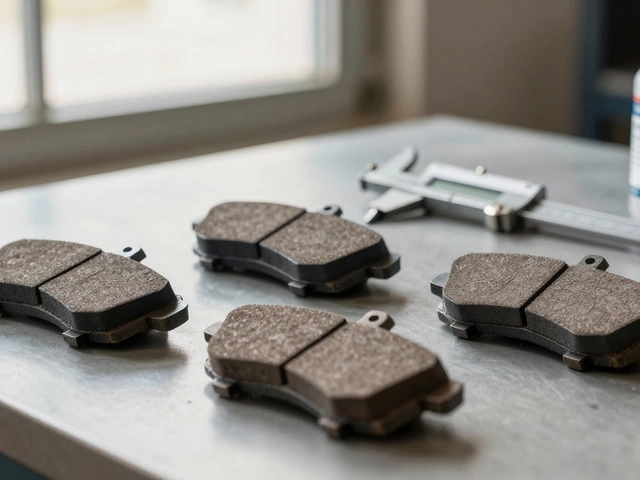
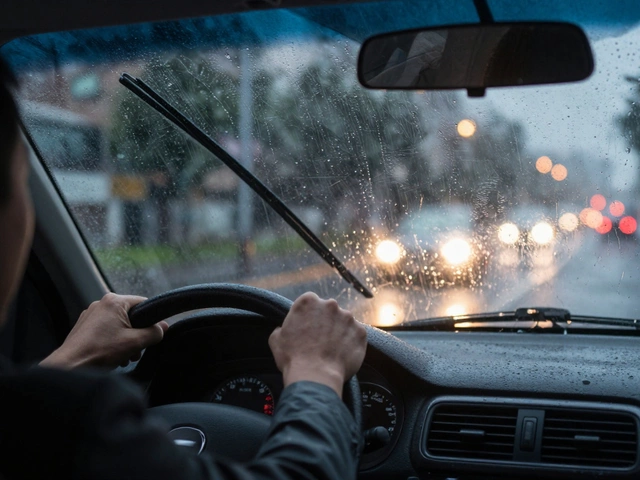

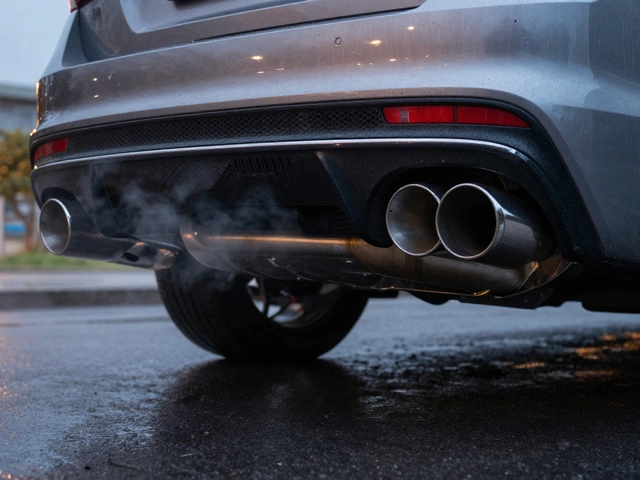
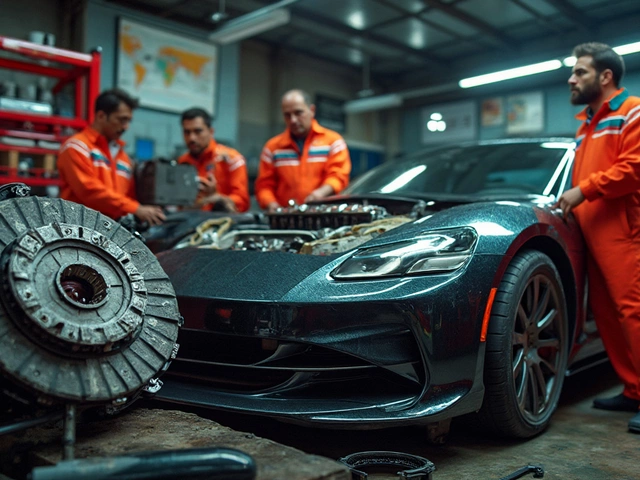
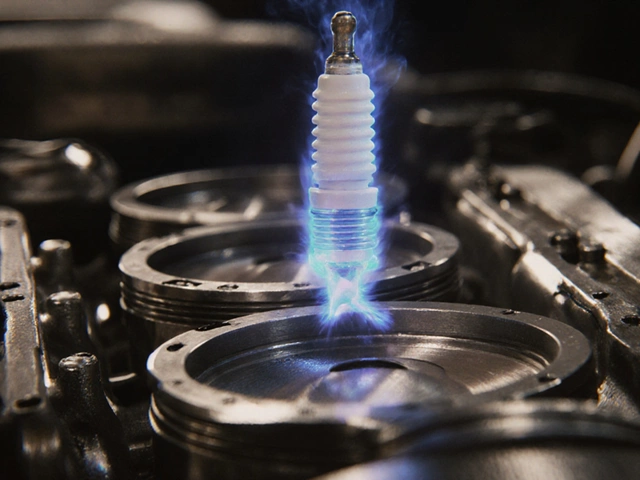
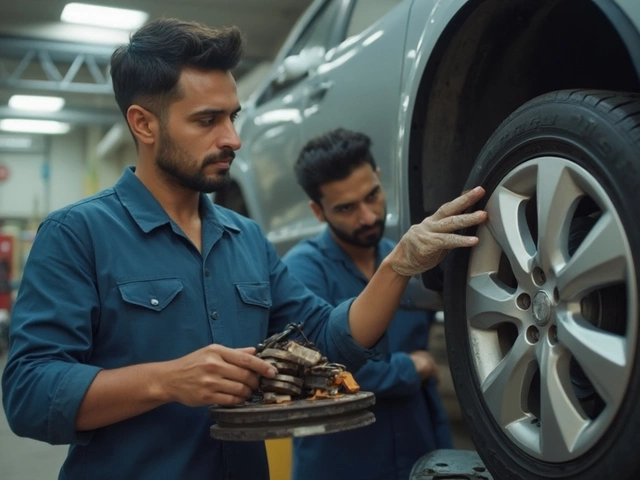
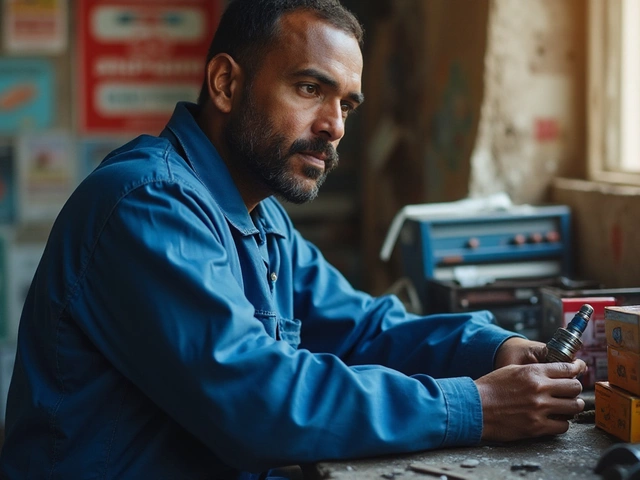

Write a comment